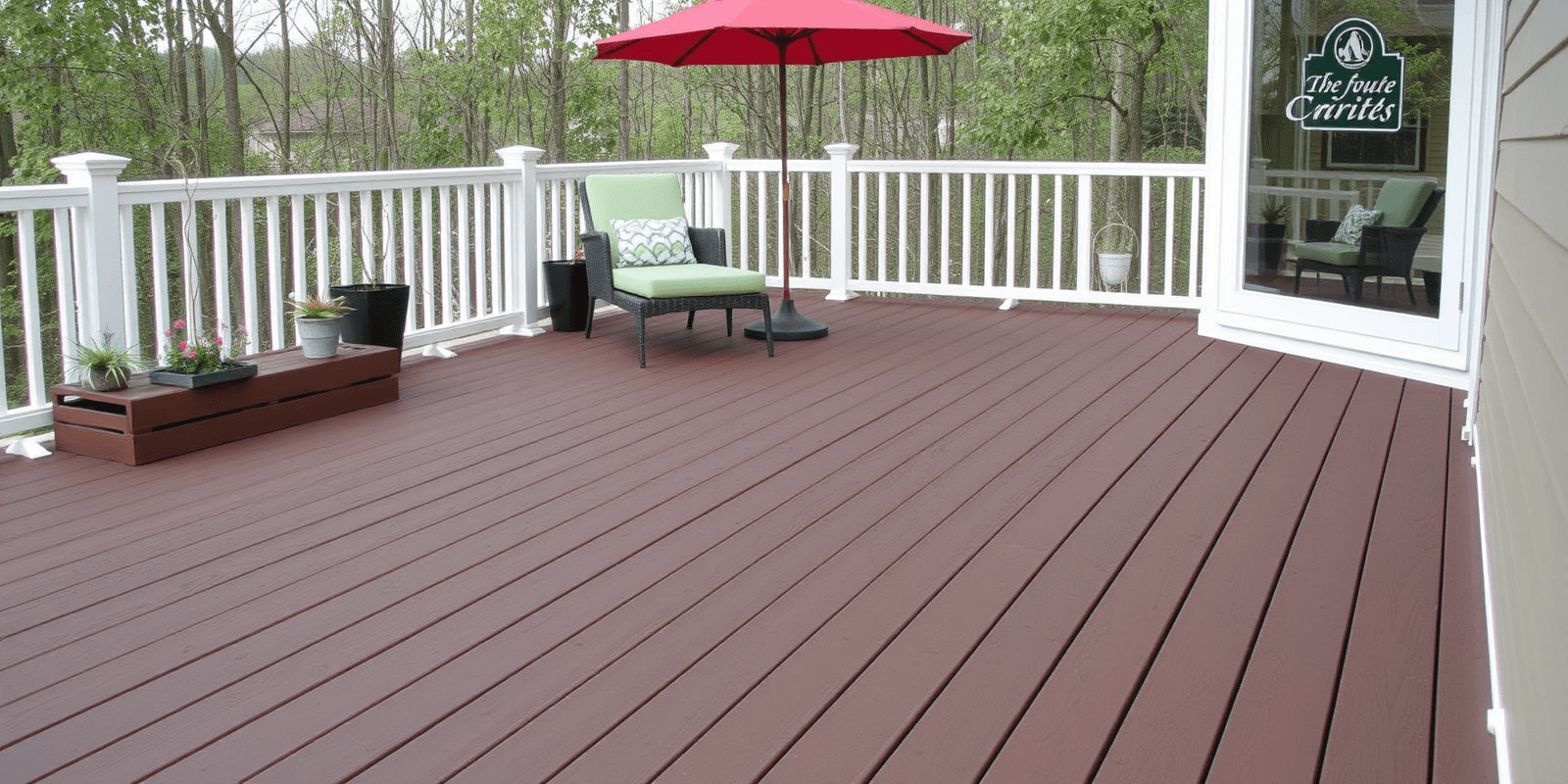“`html
Eco-Friendly WPC Decking Solutions in the USA
As the world continues to grapple with climate change and environmental degradation, homeowners are increasingly seeking sustainable alternatives for their outdoor spaces. One such solution gaining popularity is WPC (Wood Plastic Composite) decking. In this article, we will explore how WPC decking in the USA not only enhances your living space but also contributes significantly to environmental conservation.
Understanding WPC Decking
WPC decking is a composite material made from a blend of wood fibers or sawdust and plastic, either recycled or virgin. This innovative combination results in a product that is both durable and environmentally friendly. Unlike traditional wooden decks that require frequent maintenance and replacement, WPC decking offers a longer lifespan and reduced need for upkeep.
The Use of Recycled Materials
One of the most significant advantages of WPC decking is its utilization of recycled materials. Many WPC manufacturers incorporate post-consumer plastics such as milk jugs, detergent bottles, and other household items that would otherwise end up in landfills. By repurposing these materials, WPC decking reduces waste and conserves natural resources. For example, Trex, a leading manufacturer of WPC decking, uses over 400 million pounds of recycled plastic and wood annually in their products.
Source: Trex Recycling Program
Reduced Carbon Footprint
In addition to recycling, WPC decking also helps reduce the carbon footprint associated with traditional wooden decks. The production of virgin wood for decking requires cutting down trees, which removes carbon-absorbing plants from the environment. Furthermore, the transportation and treatment of wood contribute to greenhouse gas emissions. In contrast, WPC decking’s lower reliance on raw materials and its ability to be produced locally help minimize these environmental impacts. A study by the University of Pittsburgh found that WPC decking has a significantly lower embodied energy than traditional wooden decks, making it a more sustainable choice.
Source: Environmental Impact of Wood Plastic Composites
Long-Term Cost Savings
While the upfront cost of WPC decking may be higher than traditional wooden decks, the long-term savings are substantial. WPC decking requires minimal maintenance, such as occasional cleaning and occasional replacement of minor components. This reduces the need for regular painting, staining, and sealing that traditional wooden decks demand. Moreover, WPC decking’s durability means it lasts longer, reducing the frequency of replacements and repairs. According to a report by the National Association of Home Builders, the average homeowner can save up to $1,000 per year in maintenance costs with WPC decking compared to traditional wooden decks.
Source: NAHB Home Maintenance Costs
Conclusion
Choosing WPC decking in the USA is not just a decision for aesthetics and functionality; it is a commitment to sustainability. By utilizing recycled materials, reducing carbon footprints, and offering long-term cost savings, WPC decking stands out as an eco-friendly alternative to traditional wooden decks. As consumers become more aware of their environmental impact, WPC decking solutions provide a practical and responsible option for enhancing outdoor living spaces.
Embrace the future of decking today and make a positive impact on our planet while enjoying a beautiful and durable outdoor space.
“`
This HTML structure provides a comprehensive blog post that covers the key points of using WPC decking in the USA, highlighting its environmental benefits and practical advantages.

